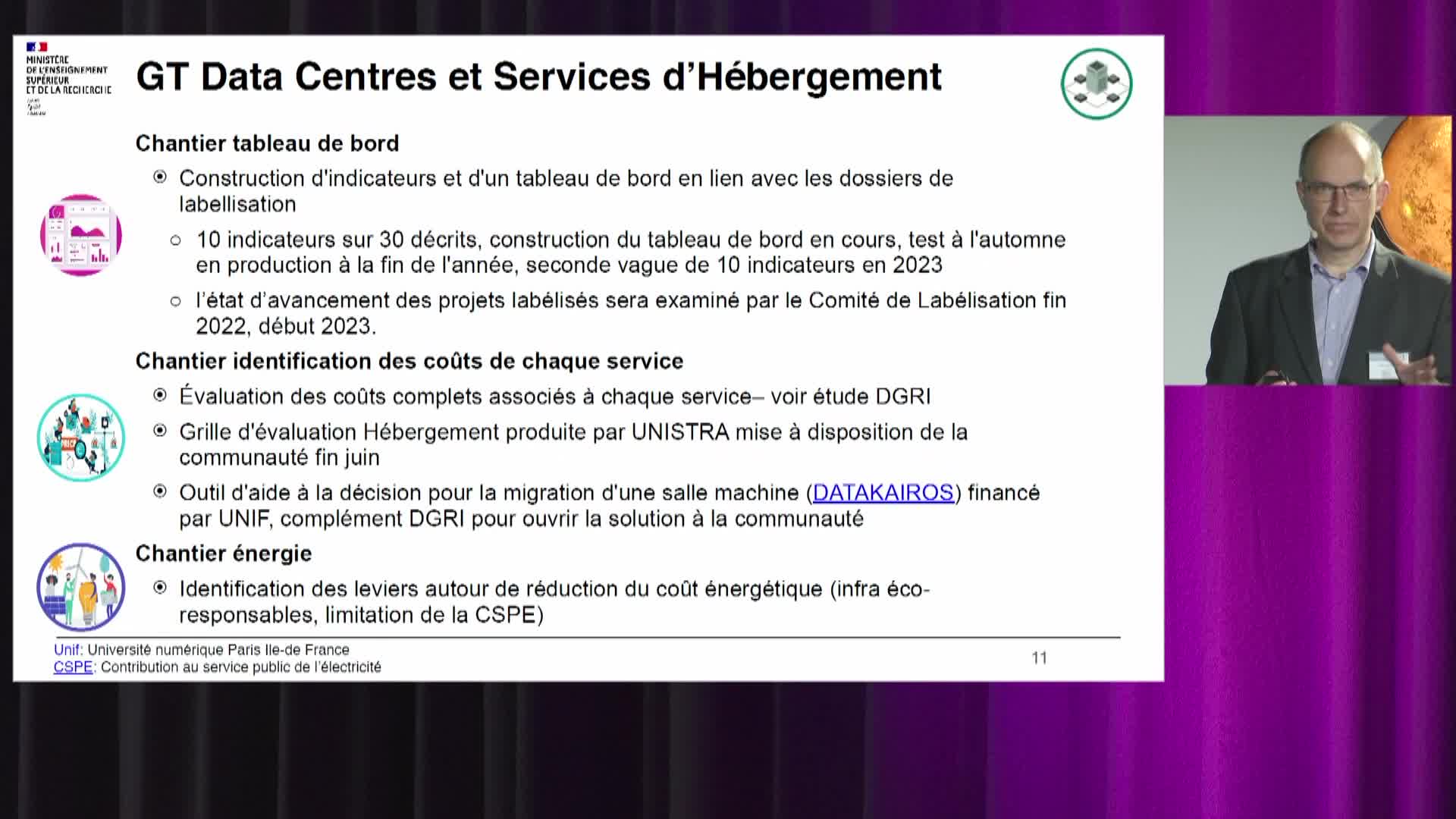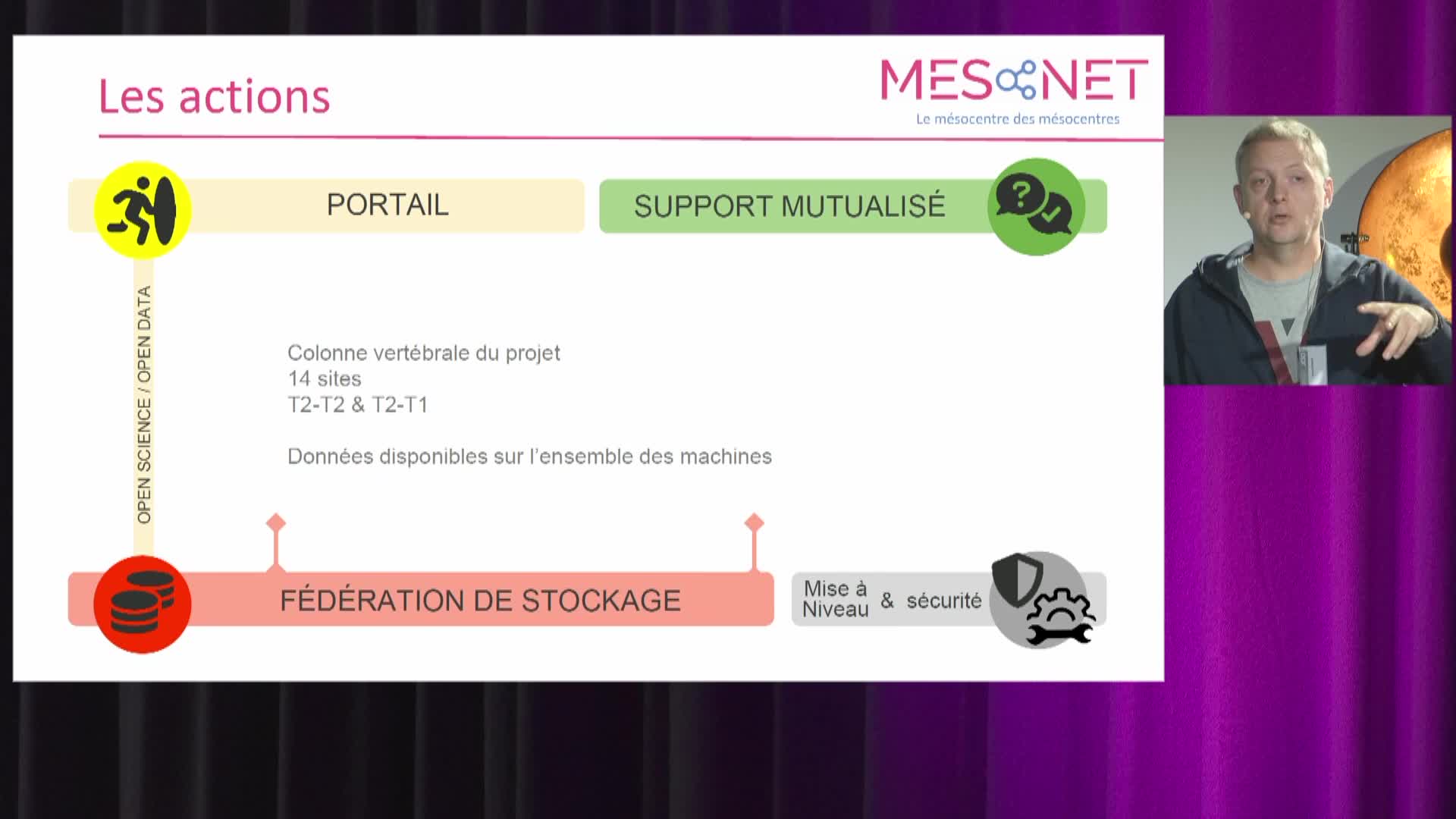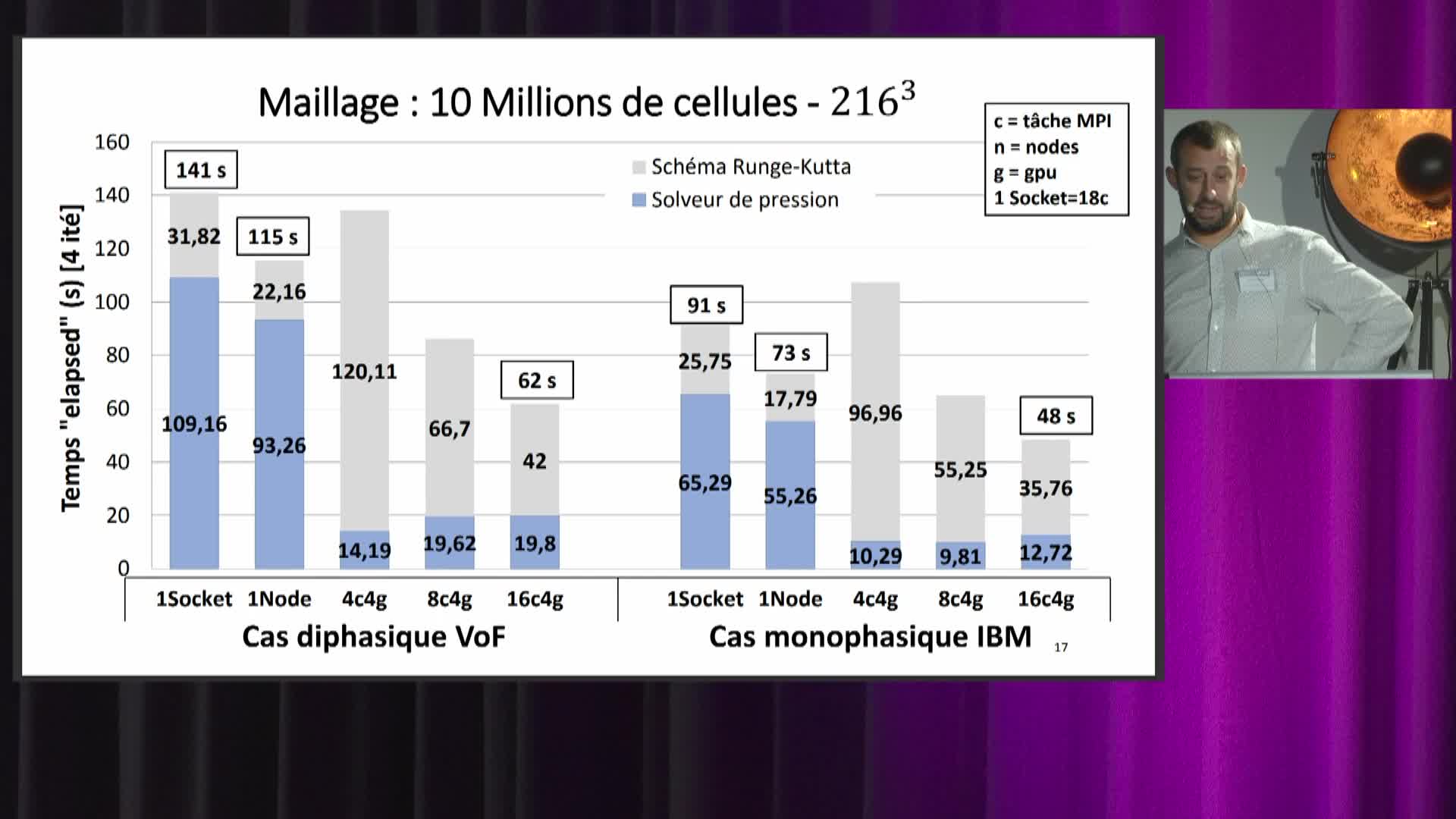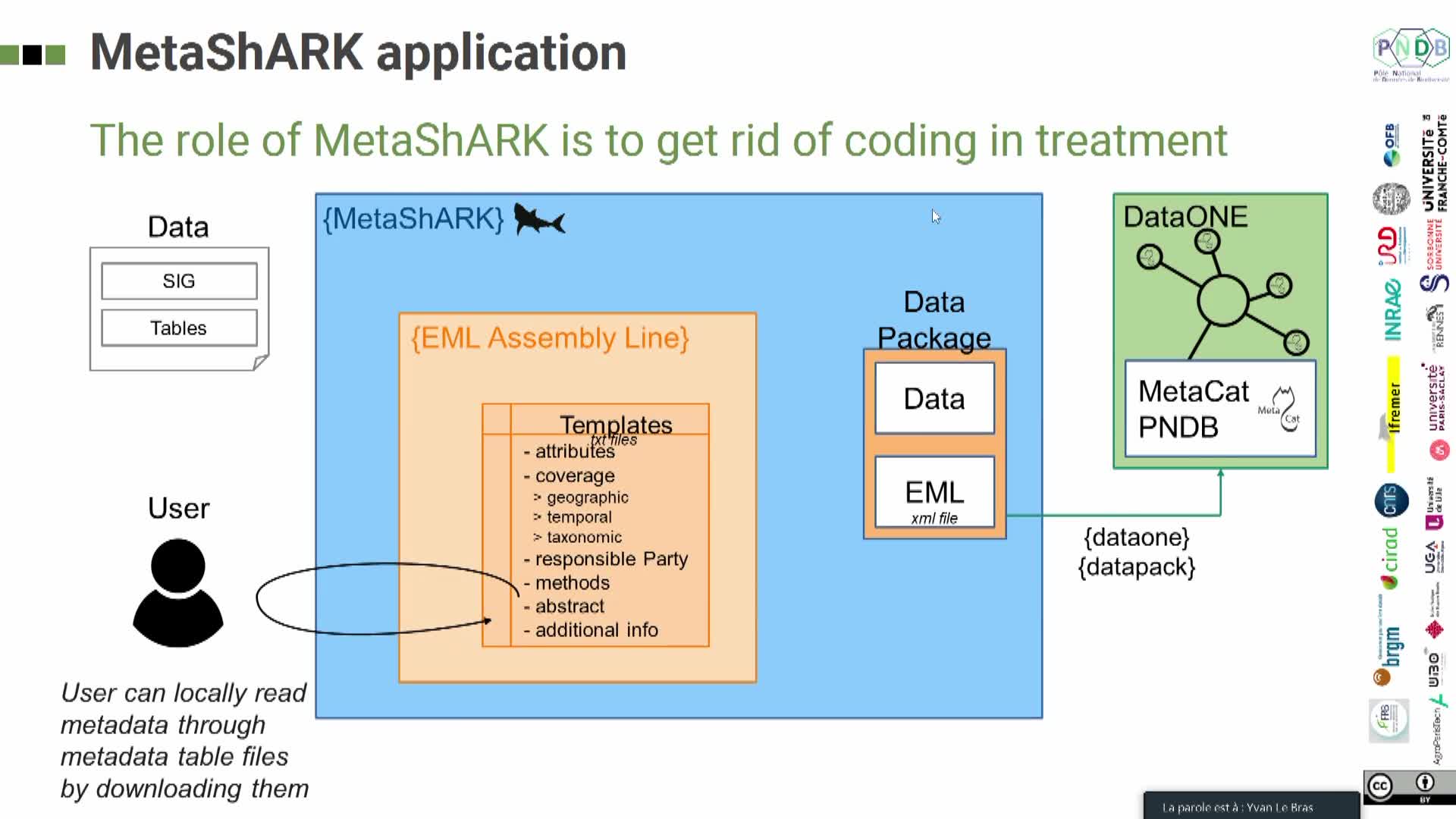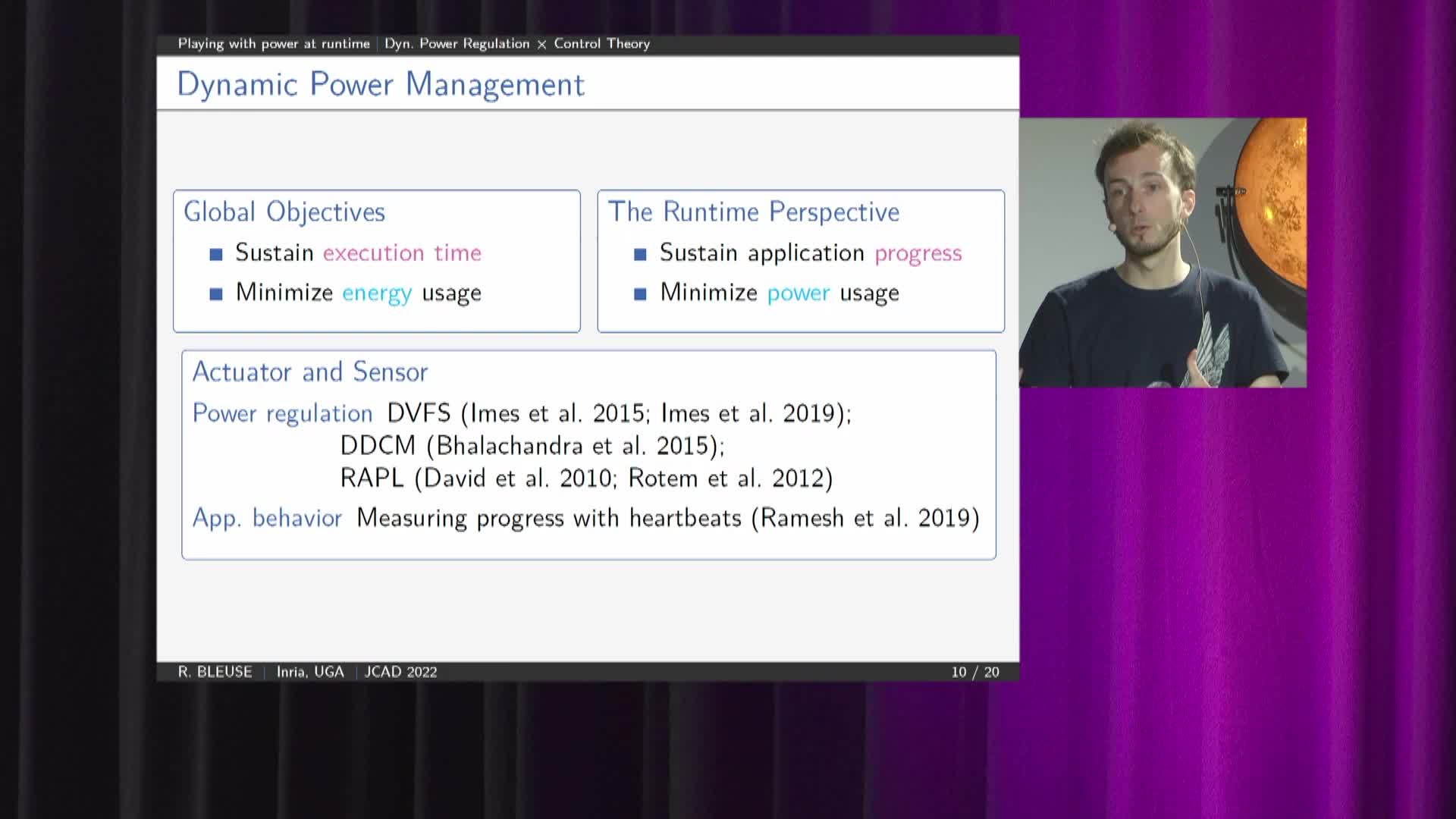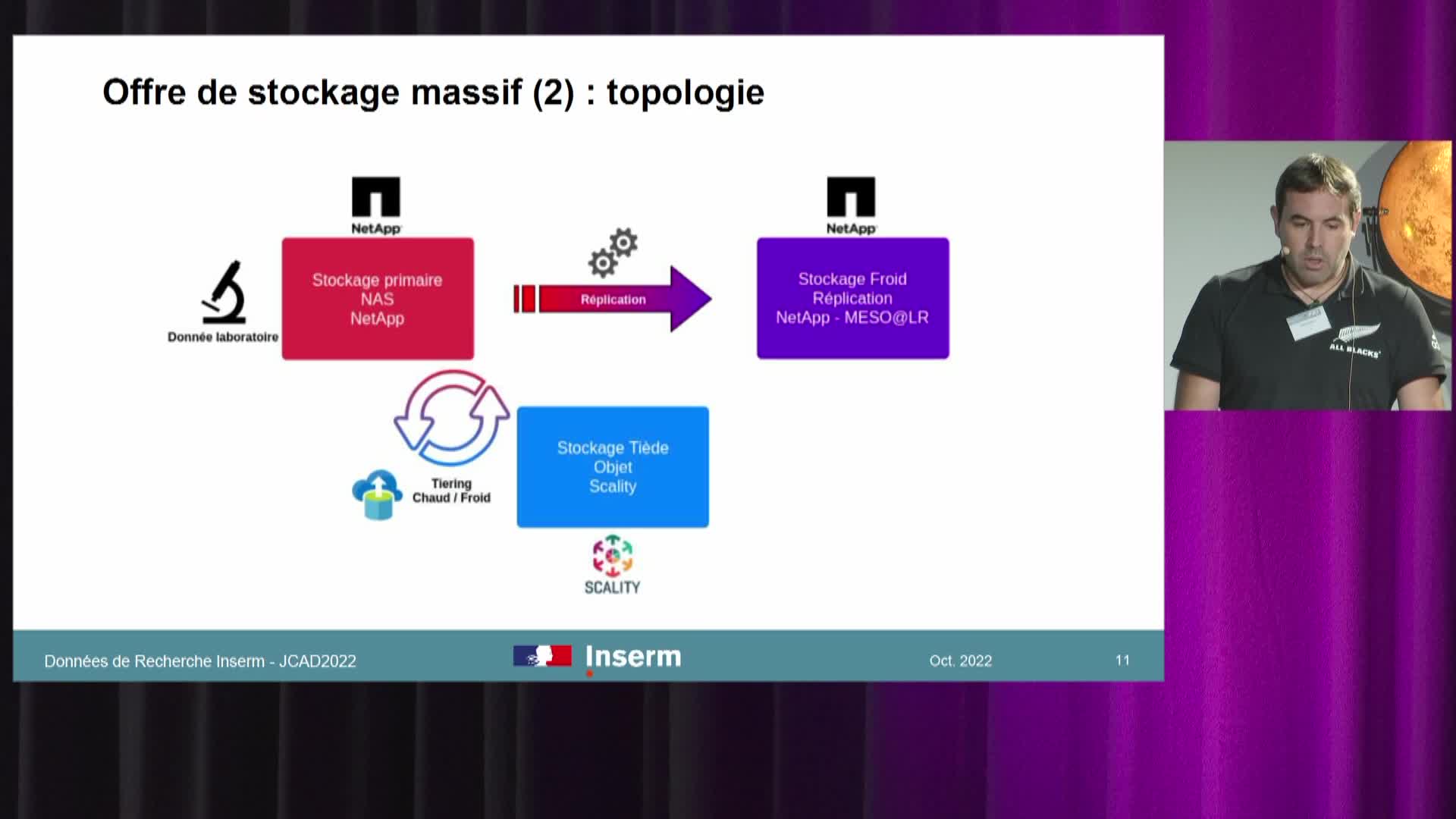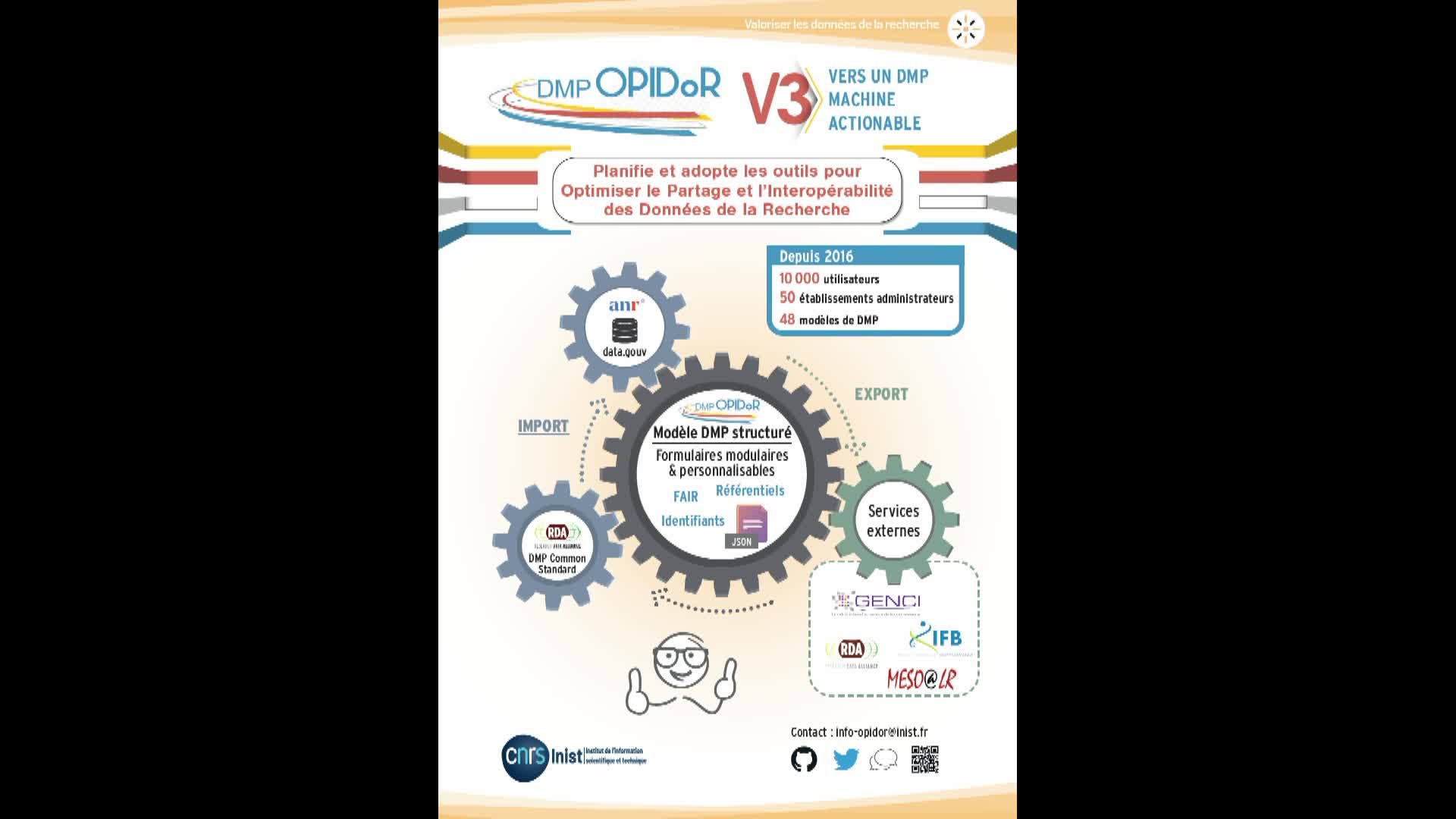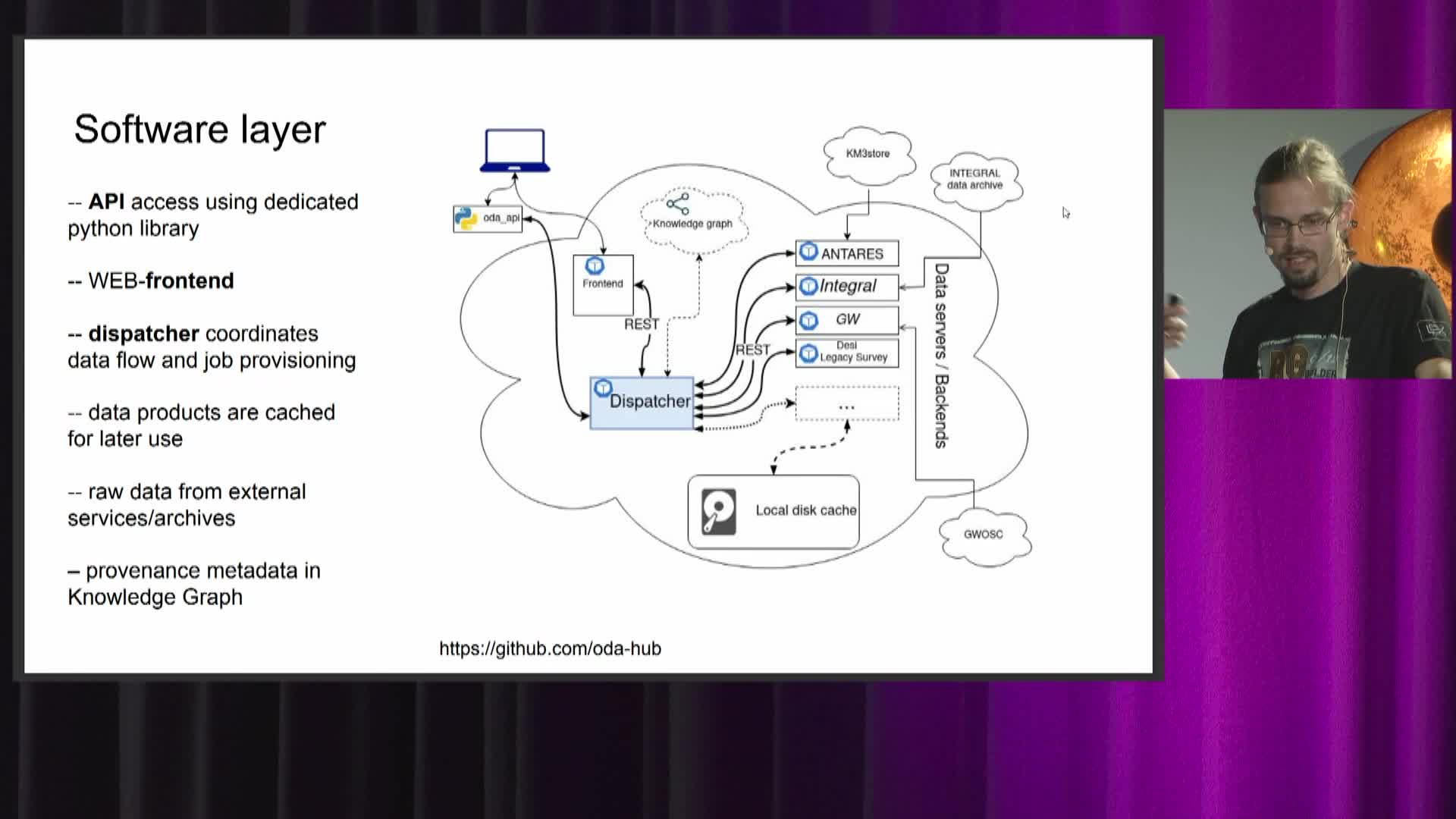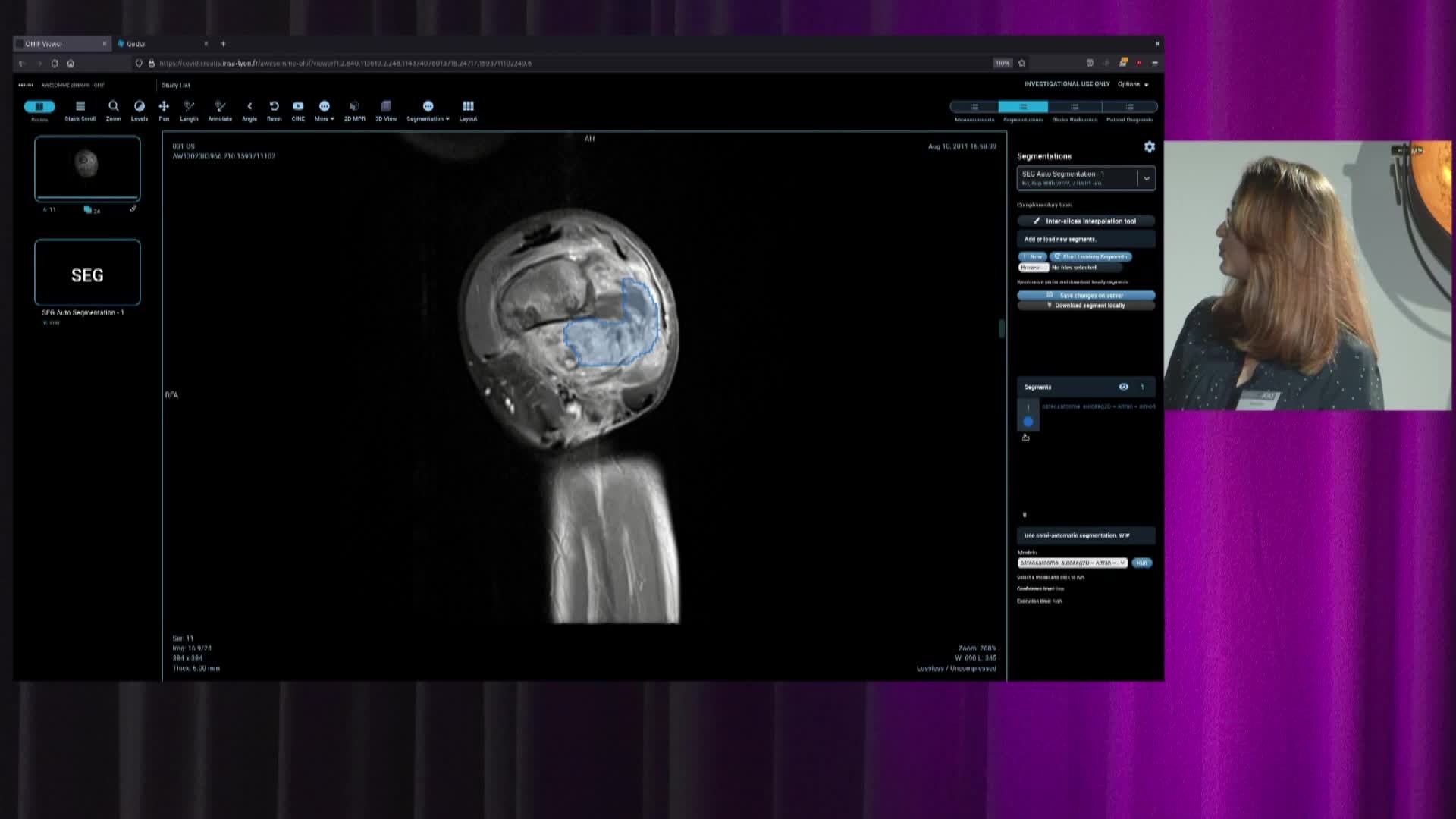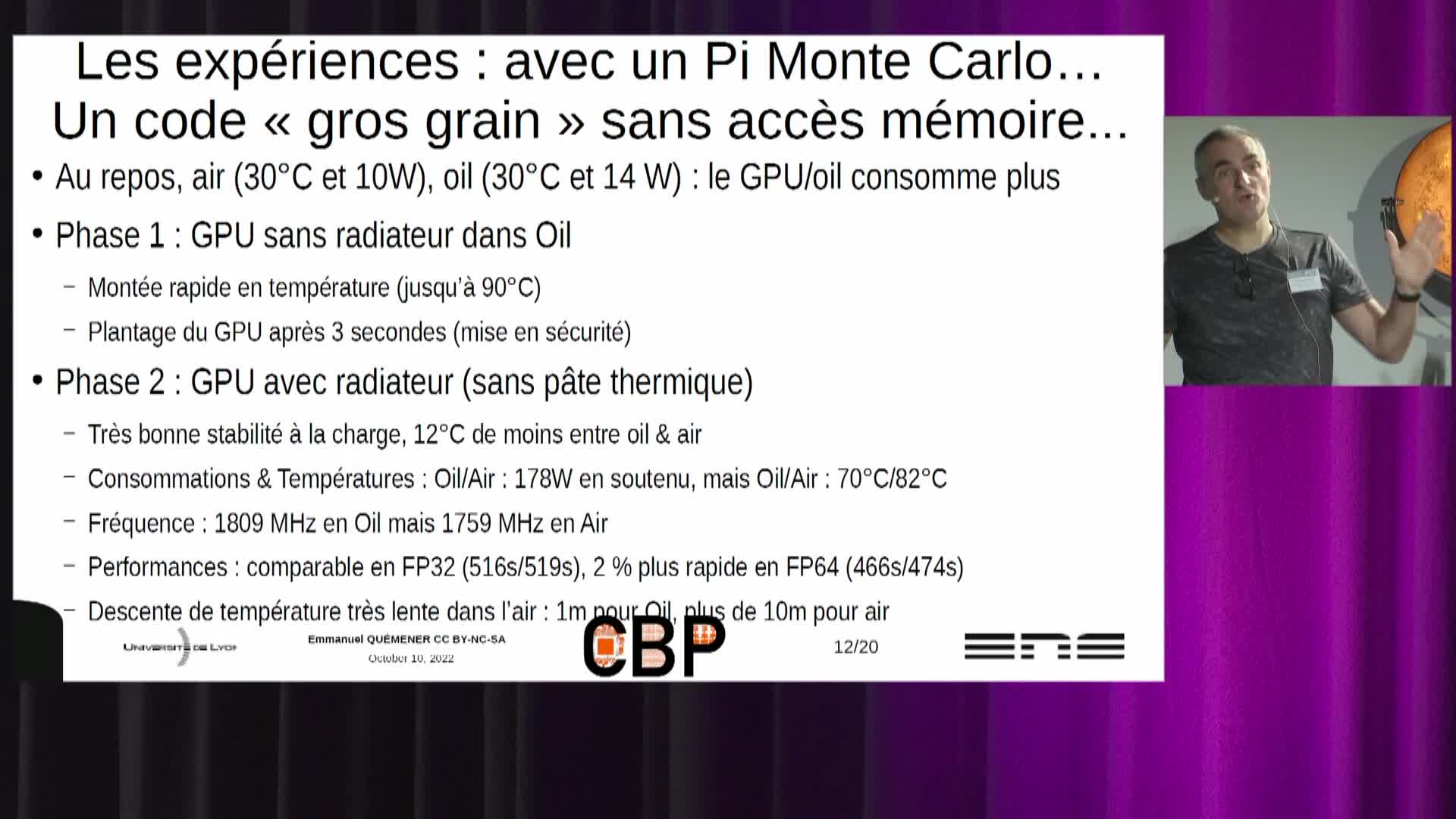Notice
An efficient strategy for phase field modeling of fracture in heterogeneous materials from 3D images
- document 1 document 2 document 3
- niveau 1 niveau 2 niveau 3
Descriptif
Numerical modeling of fracture is one of the most powerful ways to let researchers understand and predict failure of cracked structures. The phase field modeling is a widely used computational fracture model due to numbers of advantages. However, performing 3D phase field modeling with real µ -structures is still expensive and complicated due to numbers of challenges, e.g. memory requirement, mesh complexity [1]. Meanwhile, many geometrical idealizations are often made par researches to generate mesh, due to the complexity of real µ -structures and the heterogeneity of modern materials. Based on these backgrounds, we propose to develop an original and efficient strategy to perform numerical simulations directly from tomographic images without any geometric idealizations.
Based on our previous work on image-based simulations for thermal and mechanical problems [2, 3]. A matrix-free type preconditioned conjugate gradient solver based multigrid method is proposed in this work to perform the phase field modeling to handle fracture problems in heterogeneous materials. Several specific techniques are also investigated to enhance the robustness and to improve the efficiency of this proposed strategy. An automatic load control strategy is investigated to control the crack propagation. High performance computing is applied using a hybrid MPI/OpenMP strategy. By coupling all of these strategies, we can automatically and efficiently perform the 3D phase field modeling of fracture at the microscopic scale using CT images without making geometrical hypothesis.
REFERENCES
[1] T. T. Nguyen, J. Yvonnet, M. Bornert, C. Chateau, F. Bilteryst, E. Steib, Extreme mechanics letters, 17:50–55, 2017
[2] X. Liu, J. Réthoré, M.-C. Baietto, P. Sainsot, A. A. Lubrecht, Computational materials science, 160:265–275, 2019
[3] X. Liu, J. Réthoré, M.-C. Baietto, P. Sainsot, A. A. Lubrecht, Computational Mechanics, 66(6):1427–1441, 2020
Thème
Documentation
Dans la même collection
-
-
-
-
-
-
-
-
-
-
-
-
Refroidissement par immersion de serveurs : premiers retours opérationnels
Le refroidissement par immersion n'est pas une nouveauté, de l'IT en général au HPC en particulier. Il y a 35 ans, les Cray-2 et successeurs avaient leur assemblage de tours immergées dans un fluide



